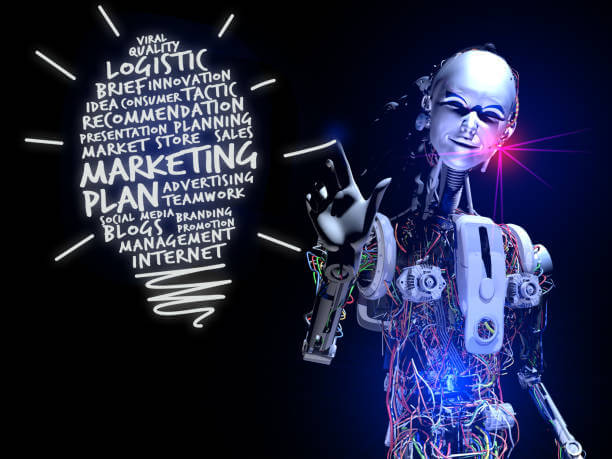Some smart people made a computer program called ChatGPT that can write stuff that sound like people wrote them. But can regular people tell if it’s a person or a computer doing the writing? Let’s see what tools and facts can help us figure this out.
Understanding ChatGPT:
ChatGPT is a product of OpenAI’s GPT-3.5 architecture, a cutting-edge language model that excels in understanding and generating text. Trained on a lot of datasets, ChatGPT has the ability to mimic human language patterns, making it a powerful tool for various applications, from content creation to conversational interfaces.
The Turing Test:
In 1950, a smart guy called Alan Turing made something called the Turing Test. It helps us figure out if machines can act as smart as people without us knowing.
Now, let’s talk about ChatGPT. Can people tell if the words it writes are from a computer or a person?
OpenAI, the group behind ChatGPT, did some tests. They asked people to read things and say if a computer or a person wrote them.
Turns out, it’s not easy for people to always tell if it’s the computer doing the writing. This means ChatGPT is really good at making words that seem like they’re from a person, fooling the testers.
Tools for Figuring it Out:

Despite the impressive capabilities of ChatGPT, researchers and developers are continually working on tools to help users discern between AI-generated and human-generated text.
Some tools use linguistic analysis, while others leverage specific patterns inherent in AI-generated content.
Inferkit’s TextDavinci API:
Inferkit, a platform for building and deploying custom language models, offers the TextDavinci API.
This tool allows users to analyze text and receive a confidence score indicating the likelihood of it being generated by a language model.
It can serve as a valuable resource for those seeking to verify the authenticity of written content.
OpenAI’s GPT-3 Playground:
OpenAI provides a GPT-3 Playground, where users can interact with the model in real-time.
This hands-on experience allows individuals to gauge the capabilities of ChatGPT firsthand, providing insights into the difference in AI-generated text.
Grammarly and Similar Tools:
Language enhancement tools like Grammarly, while not explicitly designed to identify AI-generated text, can sometimes highlight patterns or anomalies that may be indicative of machine-generated content.
These tools are widely used for proofreading and may offer additional insights.
Statistics and Research Findings:
Several studies and experiments have explored the efficacy of humans in recognizing AI-generated text. One such study, conducted by OpenAI, involved comparing the performance of ChatGPT to alternative models using the LAMBADA language modeling task.
The results showcased ChatGPT’s ability to outperform other models and demonstrated its proficiency in generating coherent and contextually relevant text.
In another study, participants were presented with passages of text without disclosure of whether they were generated by AI or written by humans.
Challenges and Ethical Considerations:
As computers get better and better, they can write things that look just like a person wrote them. This brings up some important questions about doing the right thing.
Imagine if smart computers like ChatGPT can write words that are just like a person’s. That’s cool, but it also means we have to be careful.
Using these smart computers to write things that look real can cause some problems. People might use them to trick us or tell lies.
This is where ethics come in – it’s about doing what’s right. We need to make sure we use these smart machines in a way that’s responsible and doesn’t let them be used for bad stuff.
It’s like having a powerful tool. You can use it to build something good or, if you’re not careful, it could be used for things that hurt or fool people.
So, it’s super important to think about how we can use these smart machines wisely and not let them be used in ways that aren’t fair or honest.
My Take:
AI tools like ChatGPT can write like a human. But it’s not easy for us to always tell if it’s a person or a computer doing the writing.
Although there are tools and studies to help, but we need to be smart and use these AI tools the right way.
It’s like a puzzle, and as we learn more, we can understand better how computers and people work together.










